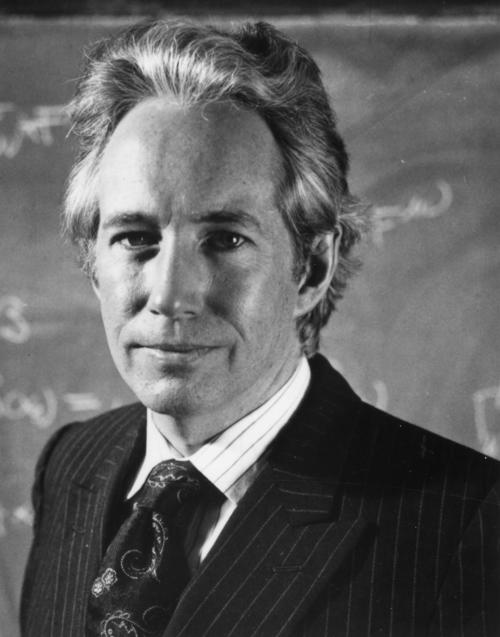

Public Lecture
Black Holes: Visualizing the Void
Charles Gammie
University of Illinois
Wed, Jul 26, 5:30–6:30pm
Since the 18th century, scientists have been intrigued by the notion of a celestial body with gravity so strong that light cannot escape its pull. This concept was given new life in the early 20th century with Einstein’s introduction of his theory of gravity, known as General Relativity. These mysterious objects, named Black Holes in the 1960s, are made visible by virtue of their influence on nearby light and matter. Four years ago the Event Horizon Telescope (EHT) became the first experiment to image – to visualize – a black hole. Last year EHT released a second image, of a different black hole. What do these images show, and what do they mean to physicists? In this talk, Prof. Charles Gammie will describe in qualitative terms how Newton’s theory of gravity differs from Einstein’s, using examples from our own solar system. Then he will describe the origin of the light seen in the EHT images and why the images have a characteristic ringlike structure. Finally, he will describe what physicists learn from these images, and what we can expect from the next generation of black hole imaging experiments.

About Charles Gammie
Charles F. Gammie is a Professor of Astronomy and the Donald Biggar Willett Chair in Physics at the University of Illinois. Prof. Gammie is a theoretical and computational astrophysicist with interests in black holes, formation of planets, formation of stars, and turbulence. He is particularly interested in understanding how new computing capabilities can help solve new (and old) astronomical problems. Prof. Gammie has a BSc in Mathematics from Yale and a PhD in Astrophysics from Princeton. He held research positions at Virginia, Harvard, and Cambridge before joining the Illinois faculty in 1999, and has since held visiting positions at the Institute for Advanced Study, the Max Planck Institute for Astrophysics, Oxford, the Flatiron Institute, and Perimeter Institute. Prof. Gammie is currently working on the theory of Event Horizon Telescope images of black holes, and on the formation of the Earth's Moon.
Heinz R. Pagels Public Lecture Series
Heinz R Pagels was a professor of physics at Rockefeller University, president of the New York Academy of Science, a trustee of the Aspen Institute, and a member of the Aspen Center for Physics for twenty years, serving as a participant, officer, and trustee. He was also President of the International League for Human Rights. His work on chaos theory inspired the character of Ian Malcolm in the Jurassic Park book and movies. A part-time local resident, Professor Pagels died here in a mountaineering accident in 1988. His family and friends instituted the lecture series in his honor because he devoted a substantial part of his life to effective public dissemination of scientific knowledge.
